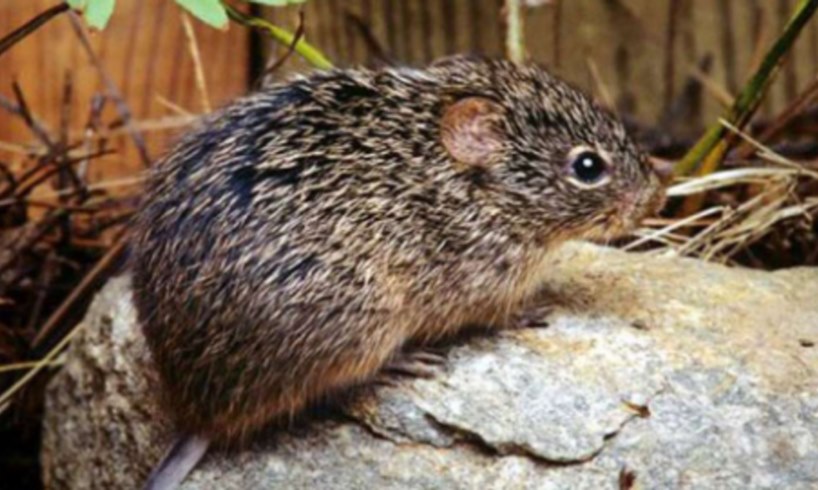
The recent demise of an unidentified man in Shandong, China, has caused waves of panic after it was discovered the male was the victim of the hantavirus or HPS.
News of a person dying from a virus other than COVID-19 made its way to social media, and a lot of people expressed their fear of a new pandemic.
The trend of “#hantavirus” instantly gained momentum with questions like, “how long does it take for hantavirus symptoms to show?” and what are the “hantavirus signs and symptoms?”
As a result, medics and scientists were quick to clear any confusion, and many took to Twitter and Instagram to explain that the hantavirus was actually not new. The first cases were recorded back in the 1950s.
According to Dr. Sumaiya Shaikh, the virus was transmitted via rats and mice, and humans could get infected only if they consumed body fluids from sick animals. She urged people not to panic unless they were planning on eating rats.
The Swedish scientist tweeted the following explanation: “The #Hantavirus first emerged in the 1950s in the American-Korean war in Korea (Hantan river). It spreads from rats/mice if humans ingest their body fluids. Human-human transmission is rare. Please do not panic, unless you plan to eat rats.”
Yang Zhanqiu, a virologist at Wuhan University, attempted to calm people down by telling the Global Times: “There is no need to worry about the hantavirus. Hantavirus disease is preventable and controllable, and there are vaccines to prevent it. Its incidence in urban cities is very low as the disease is mainly found in rural villages where rats tend to appear when people are working in the field.”
However, even though it was uncommon for the disease to be transferred from one person to another, the disease has proved to be deadlier than COVID-19 as the US Centers for Disease Control and Prevention (CDC) reported its death toll to be around 38%.
The organization explained that people could get infected after being in proximity to “fresh urine, droppings, or saliva of infected rodents.” And it appears that “symptoms may develop between 1 and 8 weeks” after exposure.
CDC also stated that so far, there was no specific treatment, cure or vaccine for hantavirus and advised people who have been in contact with rats or mice and have symptoms similar to those of COVID-19, such as fever, deep muscle aches or trouble breathing, to immediately contact a medic and get tested.
The CDC said the following on the matter: “In Chile and Argentina, rare cases of person-to-person transmission have occurred. There is no specific treatment, cure, or vaccine for hantavirus infection… patients often need intensive care to help them through the period of severe respiratory distress.”
The statement went on to say: “Therefore if you have been around rodents and have symptoms of fever, deep muscle aches, and severe shortness of breath, see your doctor immediately.”
It is worth noting that researchers at the Albert Einstein College of Medicine believe that there is a strong possibility that the rising global temperatures caused by climate change may lead to an increase in cases of hantavirus in the upcoming years.






